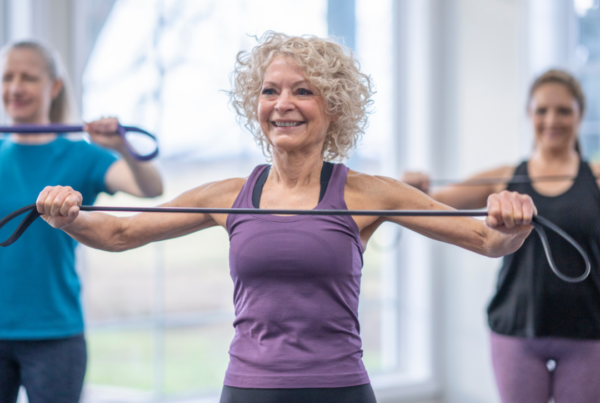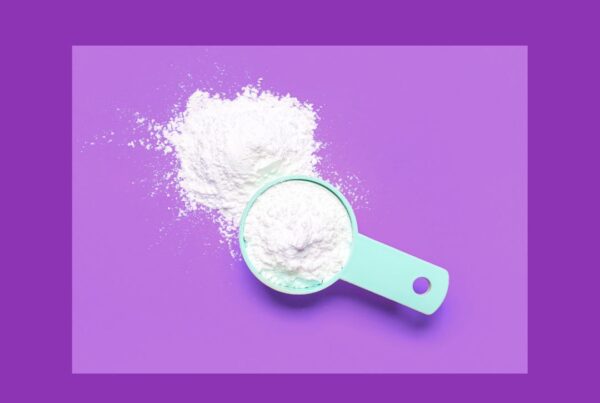Hot flushes and day and night sweats, also known as vasomotor symptoms, are synonymous with menopause. How can we stop them getting us down?
Flushes, sweats and also generally ‘running hot’ are common during perimenopause and menopause, occurring in around 85% of women to a varying extent. The severity (how extreme they are), frequency (how often they occur), duration (how many years they last for) and bother (how much impact they have) are different for everyone. Some women will have up to 20 hot flushes a day (yes, 😳) and be able to manage quite well. Some will have 1-2 a day yet be extremely bothered by them. Whilst hormone therapies are the most effective treatment for vasomotor symptoms, they may not control flushes 100%. Triggers such as hot weather, exercise, stress and alcohol may lead to bursts of flushes where previously they were quiescent. These breakthroughs, or having the occasional random flush is NOT necessarily an indication you need to change your MHT dose.
Research also shows shows that the flush experience is not always accurately recognised, with true flushes (as measured by physiological heat sensors) not always being registered by a woman and flushes being registered that don’t get recorded by the heat sensor. This means our awareness of flushes is not always accurate or reliable.
This blog post will explore ways to reduce the bother of hot flushes – and thereby reduce their impact – using evidence based behavioural strategies. Some techniques have been shown to reduce the number of flushes but they can also help with reducing how much they irritate you. These methods can be particularly helpful for women with breakthrough flushes and women who choose not to or cannot use hormone treatments.
1. Hypnosis:
-
- Find a quiet and comfortable space to sit or lie down.
- Close your eyes and focus on your breathing. Inhale deeply through your nose and exhale slowly through your mouth.
- Imagine a peaceful and calming scene, ideally one that is cool such as a lake, a snowy mountain or a cool rainforest. Picture the details vividly.
- As you immerse yourself in this mental imagery, allow your body to relax completely. Pay attention to sensations of temperature and relaxation.
- While in this relaxed state, imagine your body feeling cool.
2. Cognitive Restructuring (CBT):
-
- Identify negative thoughts or beliefs associated with hot flushes. These might include thoughts like, “This is unbearable,” “I can’t control it,” or ” everybody can tell.”
- Challenge and reframe these negative thoughts by asking yourself if they are based on evidence or if there might be alternative, more positive perspectives.
- Develop more balanced and rational thoughts, such as “This is uncomfortable, but it will pass,” or “I have coping strategies to manage this symptom.”
- Practice these new thought patterns regularly to shift your mindset and emotional response to hot flushes.
3. Breathing Exercises:
-
- Practice deep diaphragmatic breathing: Inhale slowly through your nose, allowing your abdomen to expand, and exhale gently through your mouth. Focus on making your exhale longer than your inhale.
- Incorporate a specific breathing technique called paced respiration. Inhale for a count of four, hold for a count of four, and exhale for a count of six. This slower exhalation can activate the relaxation response.
- Use this breathing exercise when you feel a hot flush coming on or during moments of stress. The goal is to calm your nervous system, reduce the physiological response to triggers but also reduce your emotional response to the flush
These exercises may be most effective when practiced consistently as part of a holistic approach to managing menopausal symptoms. This will allow you to become proficient in engaging the skills when you need them.
If you need help managing vasomotor symptoms, make sure you get the right medical advice for know your safest and most effective options.
Prices in this article are valid at the time of publication.
This information is for general educational purposes only and does not constitute medical advice. Please see your health professional for advice that is personalised to you.
Key Take Aways
Hot flushes and sweats bother everyone differently.
Hypnosis, cognitive behavioural therapy and breath-work can help reduce the impact of flushes, even if you are using MHT.






